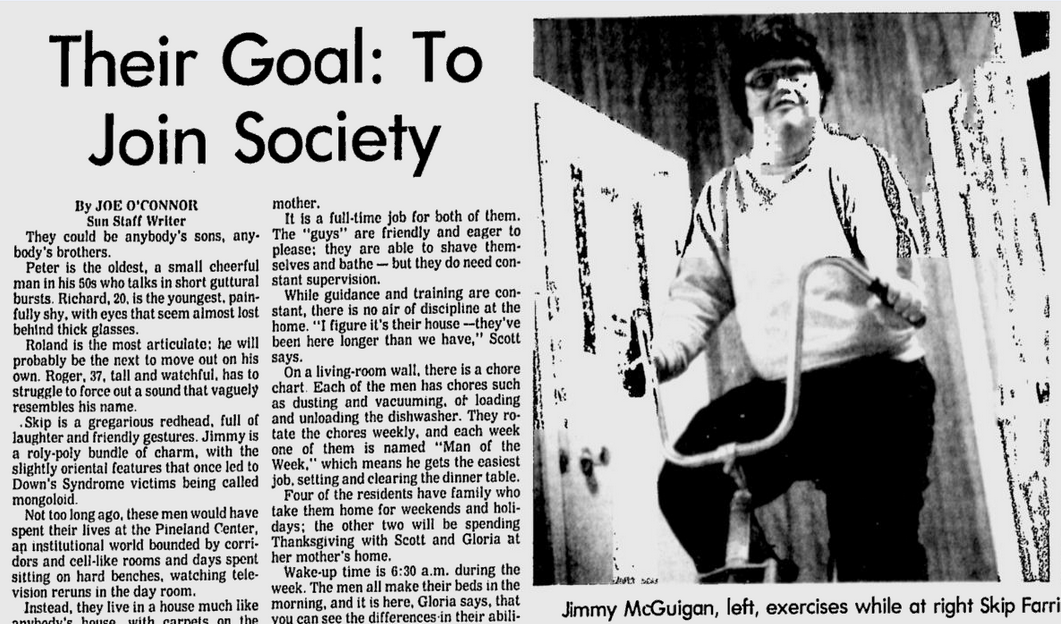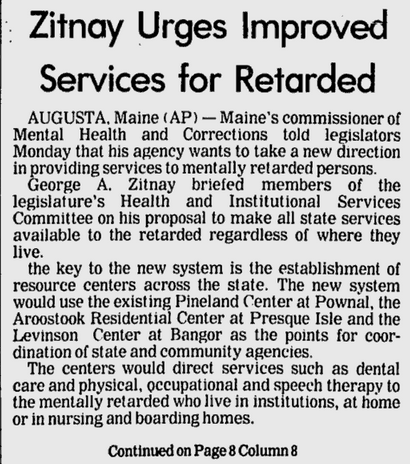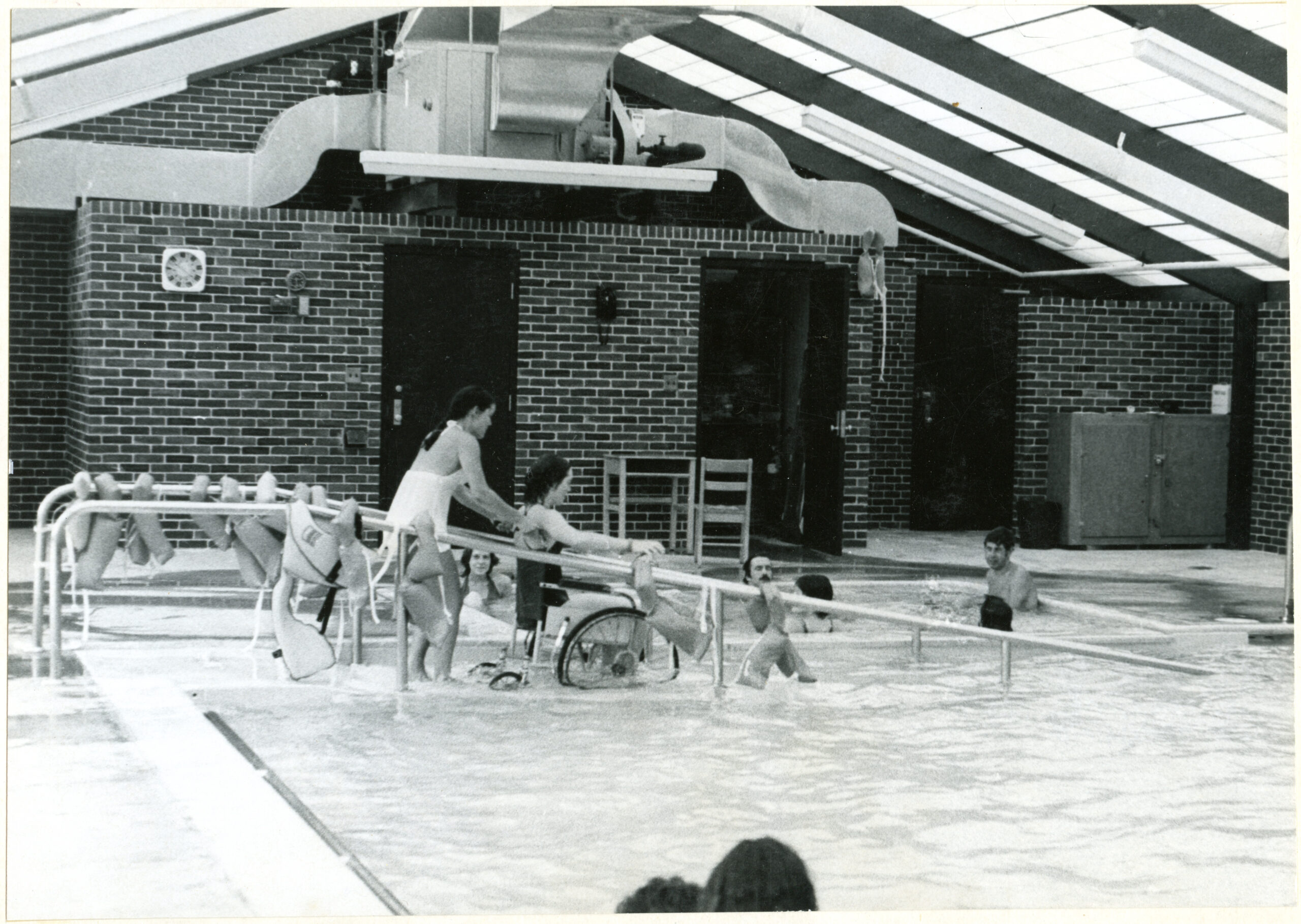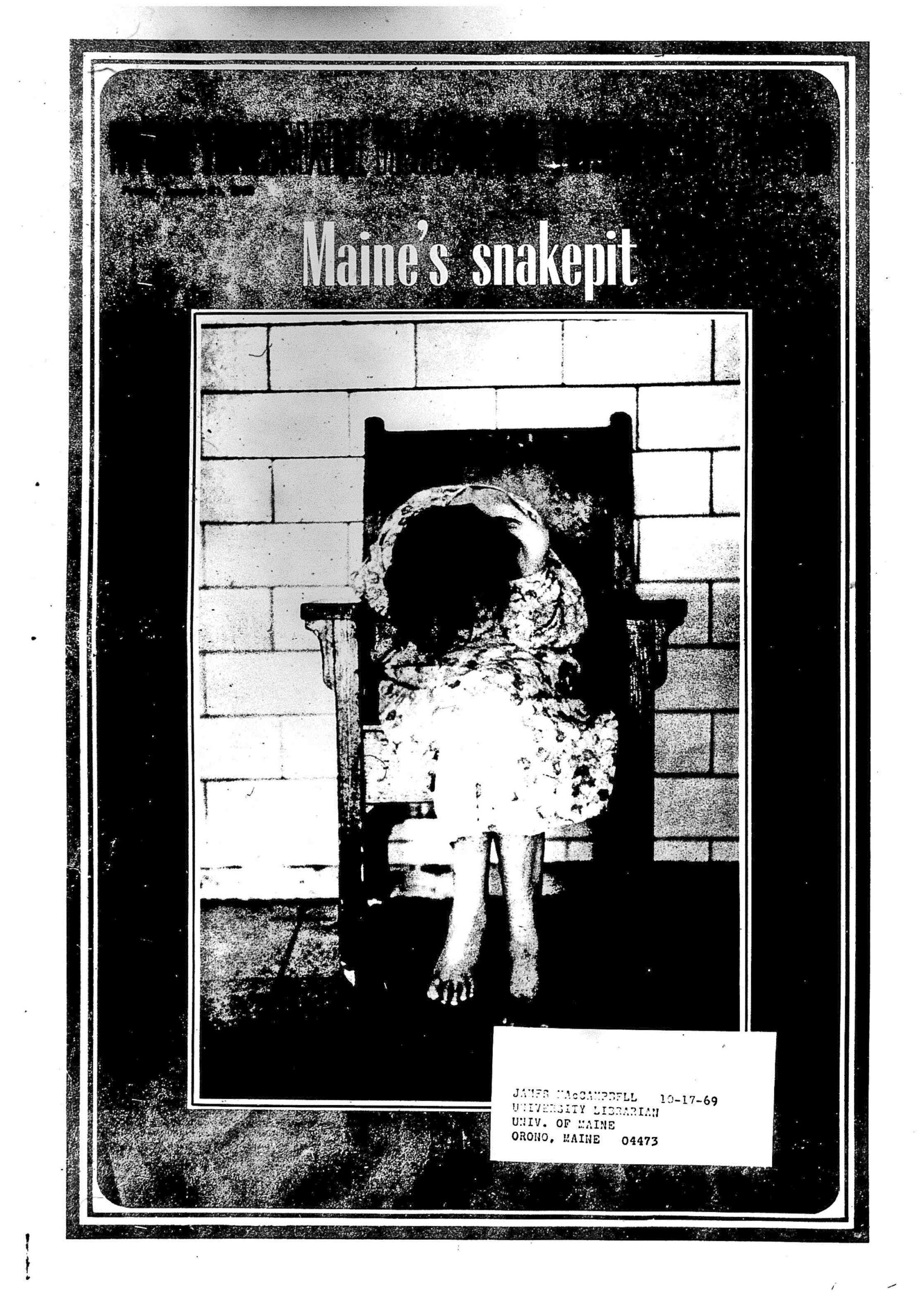The second decade of the 21st century ushered in big changes to state government. An economic downturn and a new administration ushered in alongside others in an austerity-based, small government movement led to budget cuts and staffing freezes at the Department of Human Services. Over this decade, waitlists for services exploded, especially for Section 21 services, which serve those who need daily support to live full lives.
Despite a growing understanding that community-based services were a better choice for individuals than institutionalization, switching from a consolidated and hierarchical system to one of many service providers helping smaller numbers of clients follow personalized plans for success was difficult, and the path forward had many hurdles to overcome.

Despite all the systems in place to ensure compliance, problems arose. New criticisms of inadequate funding, staff shortages, not enough community options, lack of proper oversight of persons moved into the community, and other non-compliance led to another lawsuit. In the meantime, the state had decided to close Pineland.

Neville Woodruff, the lawyer who represented Pineland residents in the lawsuit, threatened new suits against Pineland saying, “They are very far behind in three major areas - staffing, quality of programs, and staff training.” Court Master Gregory was critical of the lack of improvements at Pineland as well, saying residents were “still just being kept. Life for them is purposeless."

The years while the lawsuit worked its way through the courts were marked by much upheaval and many changes at Pineland. Many policies were beginning to be implemented in order to give Pineland residents more autonomy, choice, and opportunities.

Change and reform were in the air at Pineland, but despite some new ideas and improvements, problems continued.
On the ballot in 1969 was a referendum bond issue for $2.5 million in funds to “enlarge and improve” institutions, which passed by a large margin. Complaints brought by staff around pay and hours were also addressed.

A Maine Times exposé in 1969 revealed overcrowding, residents with inadequate clothing, staff shortages, and deteriorating facilities. Another exposé, in The Church World in 1972 found similar problems.
Congress passes the Maternal and Child Health and Mental Retardation Planning Amendments, which would create funding for both services for children with disabilities and grants to “plan for and take other steps leading to comprehensive State and community action to combat mental retardation”.

New ideas were cropping up - it was beginning to be understood that services provided in the community were both more humane and less expensive. But even as a new infirmary to “house 134 totally dependent patients” was dedicated, Governor Reed called for more, saying, “the needs of this and other state hospitals continue to grow".
